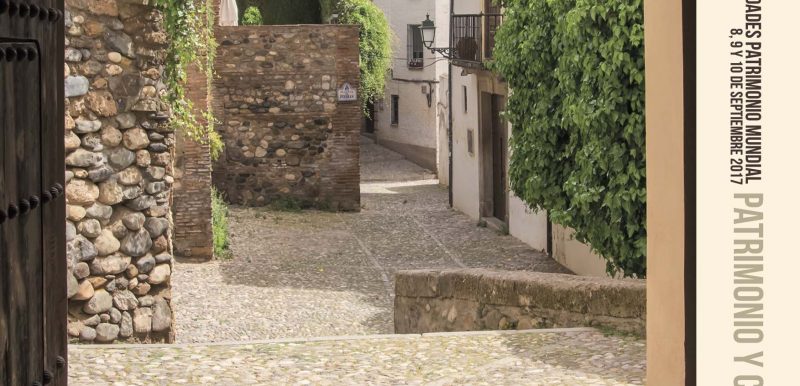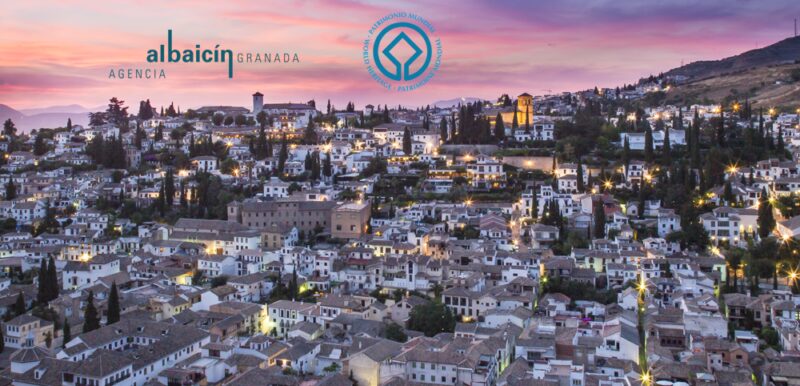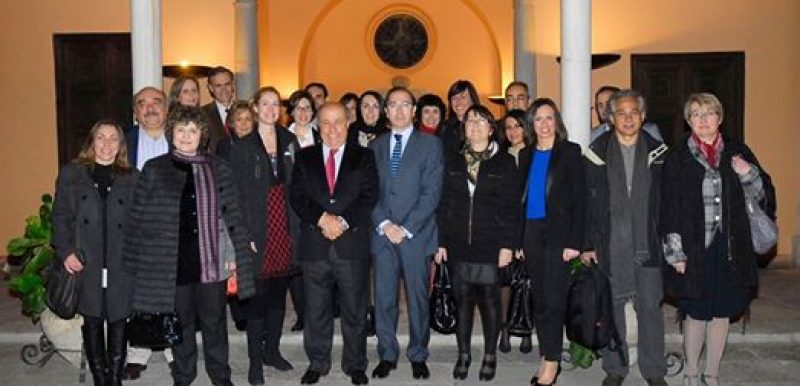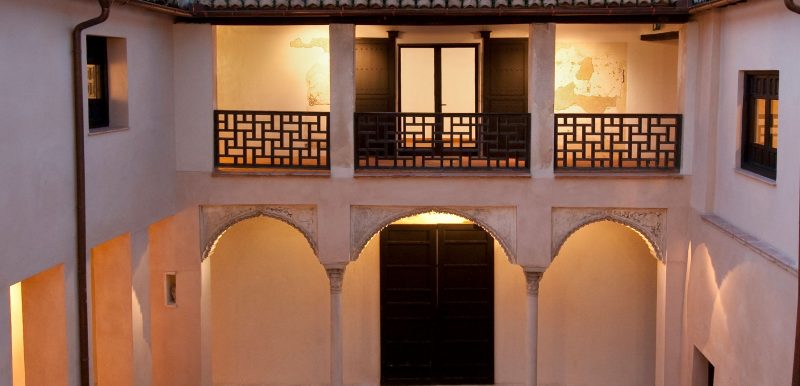Granada, Spain
General Information
Administrative status
Chief city of the Province of Granada
Alhambra, Generalife and Albayzin, Granada
Registration Year
1984
Historical function
Politics and culture
Location and site
In Upper Andalusia, at the foot of the Sierra Nevada, Granada is located near a rich irrigated plain. The historic city spreads out over three hills which offer a number of views. The Alhambra occupies the highest of the three hills.
Urban morphology
From the summit of its wooded hill, the Alhambra rises about 150 m. above the city. The Alhambra and the medieval Albayzín Quarter, which was constructed opposite it, make up a coherent ensemble. Their configuration reflects the Hispano-Moorish past of the city. The monuments that were later integrated into the urban fabric respect its original harmony.
The major achievements of the Nasrid Dynasty reflect a fabulous sense of sophistication; this is expressed even more in the city’s decor and perspective views than in its architecture and its gardens. Other monuments dating to the same period are spread throughout the Albayzín quarter; these include Casa de la Reina, Corral del Carbón, the court of the mosque which has become the San Salvador College and the first hermitage which was converted into the Church of San Sebastana. Adding to these monuments, houses with walled gardens make up the domestic architecture of this historic quarter.
Registration criteria
Criterion (i): Inscribed on the World Heritage List in 1984, the site of the Alhambra and the Generalife was extended to include the Albayzín Quarter in 1994, in accordance with the existing criteria. The site includes unique artistic achievements.
Criterion (iii): It is an exceptional testimony of 14th-century Muslim Spain.
Criterion (iv): It offers an invaluable example of the royal Arab residences of the medieval period.
Historical reference
- The erection, in the 8th century, of an Arab fortress on the site of the present-day Saint Nicholas Square marked the beginning of Granada’s Moorish period.
- The decline of the caliphate of Córdoba between 1002 and 1031 led to the establishment of small independent Muslim states, including the Kingdom of Granada, founded by the Zirid Dynasty, which ruled from 1010 until 1090. Within this political framework, the city of Granada emerged and continued the artistic work of the caliphs.
- The kingdom was ruled by two Berber dynasties, the Almoravids and the Almohads, until the Nasrids came to power in 1236. Mohammed I, the founder of the Nasrid Dynasty, undertook the construction of the Alhambra in 1238. As an important centre of culture, the city provided a flourishing artistic environment.
- The Kingdom of Granada was the last refuge for Iberian Islam after the Christian victory of Las Navas of Tolosa in 1212; this was a turning point of the Reconquest.
- The takeover of Granada by the Catholic kings in 1492 put an end to the Nasrid reign and to the Muslim domination of Spain. Granada’s new rulers constructed palaces, religious buildings and other monuments. In the 16th century, Diego de Siloé, a pioneer of Plateresque architecture, enriched the city’s artistic landscape by building a cathedral, the Patio de la Chancilleria, and numerous portals.
Photos
News
12 January 2015
Local Craftsmanship and Visual Pollution
Granada, Spain
Southern Europe and Mediterranean
11 April 2014
WORKSHOP OF WORLD HERITAGE CITIES IN GRENADA
Granada, Spain
Southern Europe and Mediterranean
18 March 2014
PROJECT MEETING 1-4 APRIL 2014, GRANADA ( SPAIN)
Granada, Spain
Southern Europe and Mediterranean
Contact
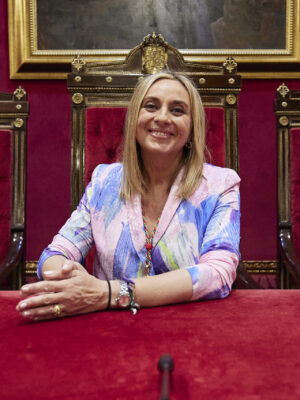
Sra. Marifrán Carazo Villalonga
Alcaldesa Presidenta
Ayuntamiento de Granada
Plaza del Carmen n°1
Granada, Granada, España
18009
+34 958 248 191
[email protected]
Sr. Carlos Mas
Responsable Jurídico Patrimonio Mundial
Agencia Albaicín Granada (Ayuntamiento de Granada)
C/ Horno de San Matías 6
Granada, Granada, España
18009
+ 34 958 809950 ext.8444
[email protected]



